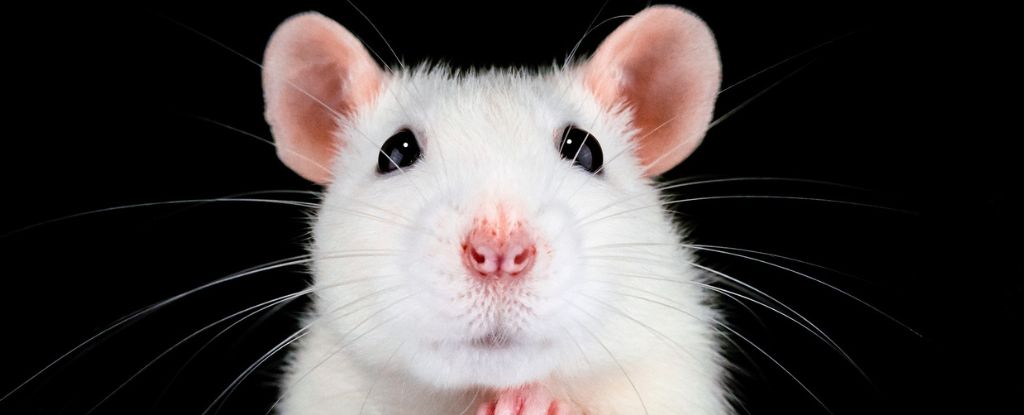In a bizarre experiment researchers from US and Russia connected the circulatory systems of young and old mice for a whole 12 weeks, slowing the older animals’ cellular aging and increasing their lifespan by as much as 10 percent.
The study expands on previous research showing there are components in young mammalian blood worth investigating for anti-aging health benefits.
As impressive as the results seem, they fall well short of supporting whole-blood transfusion treatments in humans. Putting aside the huge biological leap between mice and humans, there are numerous known and severe risks associated with such treatments for the receiver, not to mention questionable ethics of donation.
What’s more, twelve mouse weeks could equate up to eight years in humans – a rather impractical length of time to be physically connected to someone in a potentially lethal manner.
“The elements that are driving this are what’s important, and they are not yet known,” Duke University cell biologist James White explains.
“Are they proteins or metabolites? Is it new cells that the young mouse is providing, or does the young mouse simply buffer the old, pro-aging blood?”
To find out, Harvard University geneticist Bohan Zhang and colleagues joined the circulatory systems of pairs of young mice (3 months old), pairs of old mice (two years), and pairs consisting of an old mouse and a young mouse and compared the results.
Tests revealed the older mice who received the young blood had higher concentrations of regulatory compounds such as tricarboxylic acid, evidence of chemical processes that are usually interrupted by aging, increased production of mitochondria ‘powerhouses’, reduced inflammation, and greater expression of genes associated with longer life.
“This effect correlates with a longer life span, improved physiological parameters and a globally rejuvenated” genetic regulatory and cell protein systems the team explain in their paper, confirming three month blood circulation link was far more effective than previously studied short-term blood sharing (five weeks).
While Zhang and colleague’s study was being peer reviewed another study was also published using similar techniques that sadly revealed bad news for the young donor mice. They suffered a decrease in their lifespan as a result of the procedure.
This means the researchers can’t rule out that an exchange of entire cells themselves cause the changes, for example, by replacing and diluting the amount of old damaged cells, which the donor animal then must deal with.
But Zhang and team could not find any evidence that the younger types of cells linger anywhere, such as within the bone marrow, even though the positive impacts did remain.
The researchers are keen to find the cardiovascular components behind these incredible benefits.
This research was published in Nature Aging.





